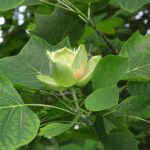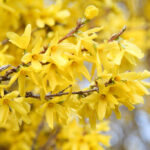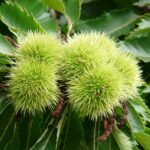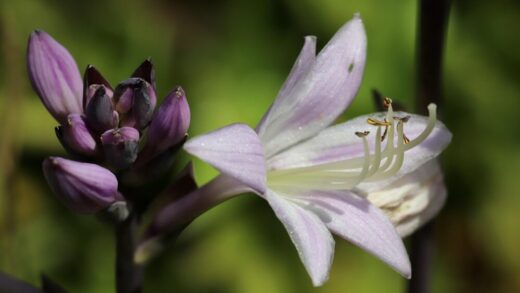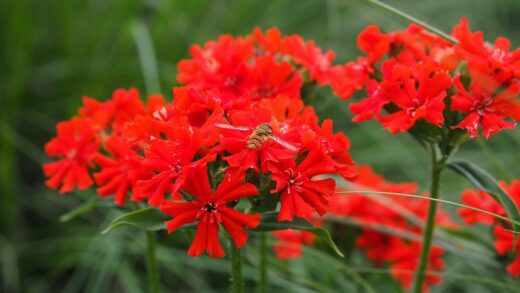Pruning and cutting back forsythia
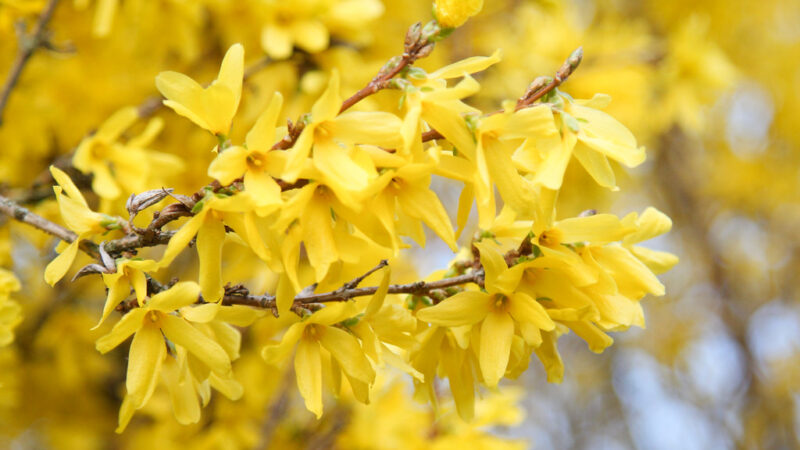
Pruning is one of the most impactful maintenance tasks you can perform to ensure your forsythia remains a healthy, attractive, and floriferous shrub. Without regular, thoughtful pruning, forsythia can quickly become an overgrown, tangled mass of woody stems that produces fewer and fewer flowers each year. The goal of pruning is not to force the shrub into an unnatural shape but to work with its natural growth habit, promoting vigor and maximizing its blooming potential. Understanding the correct timing and techniques is essential to achieving a beautiful result rather than accidentally removing the next season’s display.
The most critical rule of forsythia pruning is timing. Forsythia blooms on “old wood,” which means it develops its flower buds on the stems that grew during the previous summer. Therefore, the shrub must be pruned immediately after it has finished flowering in the spring. If you wait until summer, autumn, or winter to prune, you will be cutting off the very wood that carries the flower buds for the following spring, resulting in a shrub with few or no flowers. This single piece of knowledge is the key to successful forsythia pruning.
The primary objective of pruning is to encourage a continuous cycle of renewal. A healthy forsythia has a mix of stems of different ages. The youngest stems are the most vigorous and will become the primary flower-bearers in the coming years, while the oldest, thickest stems become less productive over time and can crowd the center of the plant. A good pruning strategy involves selectively removing a portion of these old, tired stems each year to make way for new, energetic shoots to grow from the base.
This regular renewal pruning maintains the shrub’s natural, graceful, arching form while also improving its overall health. By thinning out the dense center, you increase air circulation and sunlight penetration to all parts of the plant, which helps to prevent fungal diseases and encourages budding on interior stems. Proper pruning is a rejuvenating process that keeps the forsythia youthful, healthy, and consistently covered in its signature golden blooms each spring.
The golden rule of timing
The success of your forsythia pruning hinges almost entirely on when you do it. The window for pruning is relatively short and occurs right after the last yellow flower has faded and dropped, typically in mid to late spring. This timing is crucial because it gives the plant the entire summer and autumn to produce the new growth that will mature and form the flower buds for the next year’s display. Pruning at this moment ensures you do not interfere with the flower development cycle.
More articles on this topic
If you miss this post-flowering window, it is far better to delay pruning until the following year than to prune at the wrong time. Pruning in the summer will remove the stems that are actively trying to set buds. Pruning in the autumn or winter is even more detrimental, as you will be definitively cutting off all the buds that have already formed, guaranteeing a flowerless spring. Many gardeners make this mistake, tidying up their shrubs in the fall, only to be baffled by the lack of blooms the next season.
Mark your calendar or set a reminder to prune your forsythia as soon as the floral show is over. This allows you to enjoy the full display without compromising the next one. This period is also ideal because the plant is in a state of active growth and will heal from the pruning cuts quickly. The energy it puts into new growth following the prune will be channeled into producing strong, healthy stems that will be laden with flower buds for the following year.
It’s also important to note that you can, and should, remove any dead, damaged, or diseased wood at any time of year you notice it. Waiting until the official spring pruning window to remove a broken branch is unnecessary. These corrective cuts can be made whenever they are needed to maintain the health and safety of the plant. However, all major shaping and renewal pruning must adhere strictly to the post-flowering schedule.
Renewal pruning techniques
The most effective method for pruning a mature forsythia is called renewal or rejuvenation pruning. This technique focuses on selectively removing the oldest, least productive stems to encourage new growth from the base of the plant. Each year, after the flowers have faded, aim to cut back approximately one-third of the oldest and thickest canes right down to the ground level or to about 10 centimeters from the base. These are typically the stems that are greyish, have peeling bark, and are much thicker than the younger, greenish-brown stems.
More articles on this topic
By removing these old stems, you open up the center of the shrub. This has multiple benefits. Firstly, it allows more sunlight to penetrate the interior of the plant, which encourages the remaining stems to develop flower buds along their entire length, not just at the tips. Secondly, it dramatically improves air circulation, which is a key factor in preventing the development of fungal diseases. Finally, it stimulates the plant to send up strong, new, vigorous shoots from the root crown, ensuring a constant supply of productive, heavy-blooming wood.
After you have thinned out the old canes from the base, you can then turn your attention to the remaining stems. Lightly trim any branches that are excessively long, crossing over each other, or growing in an awkward direction to maintain a pleasing shape. You can cut these stems back to a healthy side branch or an outward-facing bud. The goal is to preserve the shrub’s natural, fountain-like habit, not to shear it into a rigid, artificial shape like a box or a ball.
This renewal pruning process should be an annual task. By consistently removing a portion of the old wood each year, you ensure that no stem on the shrub is ever more than three or four years old. This keeps the plant in a constant state of youthful vigor, preventing it from becoming a woody, unproductive thicket. It is a sustainable approach that guarantees the long-term health and beauty of your forsythia.
Correcting an overgrown shrub
If you have inherited or neglected a forsythia that has become a monstrous, tangled thicket of ancient wood, a more drastic approach may be necessary. A severely overgrown shrub often flowers poorly, mostly on the tips of its outermost branches, and its dense structure can be a haven for pests and diseases. For such cases, a hard rejuvenation pruning can restore the plant to a manageable size and renewed vigor, though it requires some patience.
The process involves cutting the entire shrub down to a height of about 10-15 centimeters from the ground. All stems, old and new, are removed. This severe cut should be done in late winter or very early spring, before any new growth begins. While this timing goes against the standard “prune after flowering” rule, it is necessary in this specific case. You will be sacrificing all of the flowers for the upcoming season, but this is a required trade-off to reset the plant’s health and structure for the long term.
In the spring following this hard pruning, the plant’s root system will pour all of its stored energy into producing a profusion of new shoots from the base. As these new shoots grow throughout the season, they will be strong, healthy, and vigorous. By the end of the summer, you will have a completely new shrub, albeit a smaller one. These new stems will then form flower buds and will provide a spectacular floral display the following spring.
Once the shrub has been rejuvenated, you can then begin a regular annual program of renewal pruning as described previously. Each year after it flowers, you will select and remove a few of the oldest stems to maintain its new, healthy structure. This one-time hard pruning is a powerful tool for renovating an old, unproductive forsythia and giving it a second life as a beautiful and vibrant feature in your garden.
📷 Flickr / Szerző: Maja Dumat / Licence: CC BY 2.0







